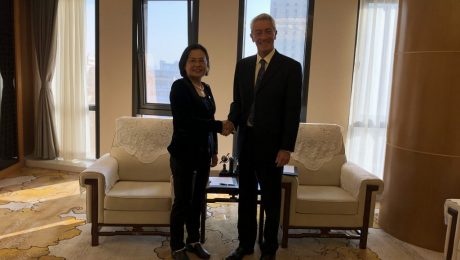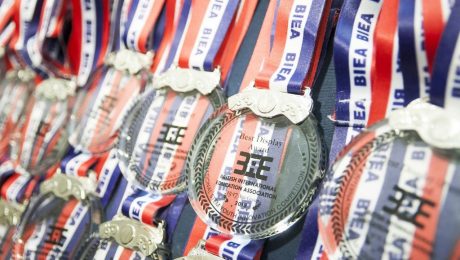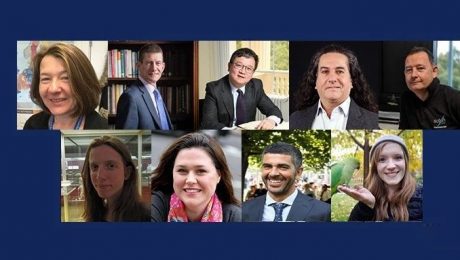BIEA & CPRRA Join Force to ‘STEM the Tide of Plastic Pollution’’ – New international STEM competition partnership announced
25 October, Beijing, China. British International Education Association (BIEA) & China Plastics Reuse and Recycling Association (CPRRA) announced joint strategic partnership in the effort of encouraging young people to develop solutions tackling plastic pollution through STEM. An MoU for the partnership was signed by David Hanson, STEM Chairman of BIEA and Ms Nanqing Jiang, Secretary-General of CPRRA.

he BIEA International STEM Youth Innovation Competition is BIEA’s flagship programme designed to encourage students between the age of 9 -21 to pursue study and careers in science, technology, engineering, and math (STEM). It presents a unique opportunity to motivate the next generation of leaders who will change the way we explore and connect in the world. One theme is chosen and announced each year (in January) to reflect the pressing issues and challenges in today’s world and how technology could be used in solving these challenges. There are five main components to the competition: report writing, innovation, presentation, Dragon’s Den style pitching and mission execution. With teamwork as the heart of the competition, students are developing critical skills that are essential for the future no matter what career paths they chose to take.
The 2020 competition theme is on the most challenging problem our planet faces today: STEM the Tide of Plastic Pollution.

China Plastics Reuse and Recycling Association (CPRRA) is the largest professional association for the plastic recycling industry in China, representing manufacturers, research institutions and trading companies in the sector. It has made a significant and continuing impact on plastic recycling programmes in China.
China Plastics Reuse and Recycling Association (CPRRA) is the largest professional association for the plastic recycling industry in China, representing manufacturers, research institutions and trading companies in the sector. It has made a significant and continuing impact on plastic recycling programmes in China.
Through the unique BIEA International STEM Competition format, both BIEA and CPRRA will reach more young people to actively participate in solving the global plastic crisis. Joint efforts will be focusing on three initial areas in China:
- BIEA 2020 competition theme technical support
- Nationwide events for young people raising awareness and participation in plastics recycling
- Developing a national information platform and associated educational resources on plastics
On the joint partnership, David said, this is an important milestone in BIEA’s International STEM Competition, with CPRRA, we are bringing STEM education for young people to the forefront of China’s plastic recycling industry. Nanqing who was United Nation’s Environmental Programme National Officer in China for ten years also agreed that the fight against plastic pollution has to be led by the future generation and with BIEA’s expertise in international STEM education, CPRRA is well on track in its mission to inform and educate young people about plastic waste.
The 2020 competition is now open for registration.
Details of competition guideline will be emailed to registered schools on 15th January 2020.
- Published in News
BIEA 2020 International STEM Youth Innovation Competition – Theme announced!
We are delighted to announce the 2020 BIEA competition theme “SOS – Stem (Stop) The Tide of Plastic Pollution.”
As plastic pollution along water- and shorelines is one of the most pressing environmental problems that the world is currently facing, the 2020 BIEA competition will ask teams of school students to come up with innovative solutions. Work in teams and develop your skills in this brand-new challenge which will get you thinking, researching and creating an engineering solution that can be applied to a real-world problem.
Pre-registration is open now and details of the first round (report writing) will be announced in January 2020. Teams who qualify for the finals will be invited to the UK Finals Event to be held in July 2020.
Register here and be kept updated about the 2020 competition.
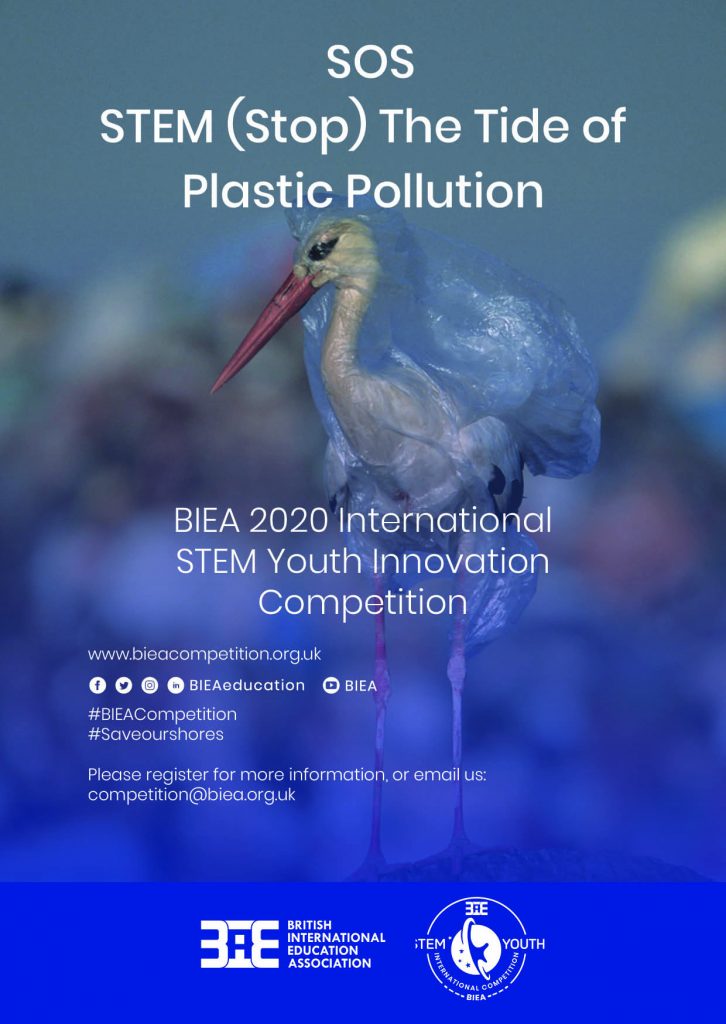
- Published in News
African Teens STEM Award – Conservation of endangered African wild dogs with drones
On 3 September 2019, the British International Education Association was delighted to present the ‘Best Participation Award’ to Team Eagles from CEDEC International Secondary School Nigeria for their impressive effort at the annual BIEA International STEM Youth Innovation Competition. The team missed the grand final due to a string of passport and visa issues, but was determined to make it to London.
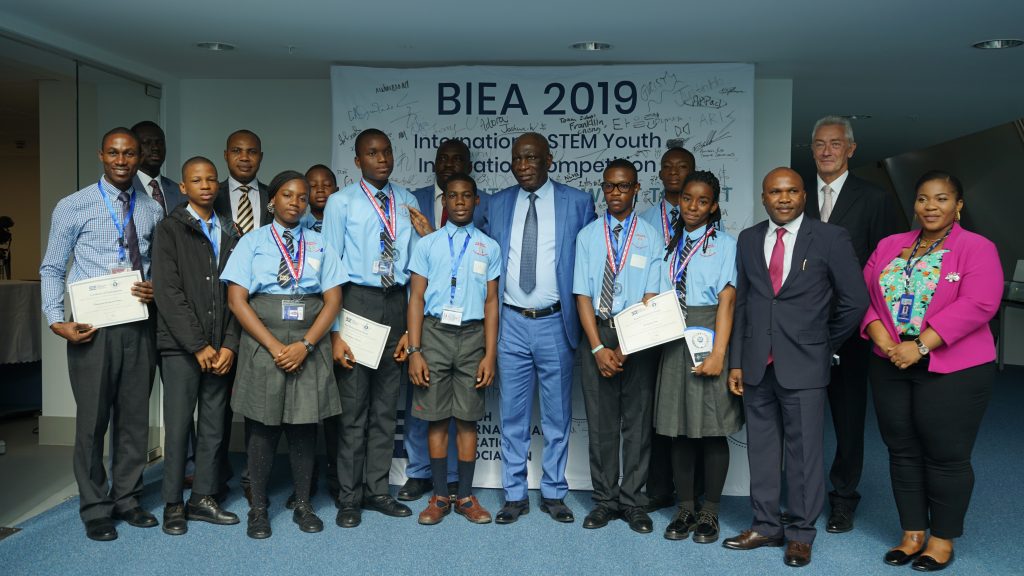
In the hour-long session at the historical Royal Air Force (RAF) Museum, 11th Grader Phebe Joshua, Ekene Umegakwe and Abraham Aniekwe gave a presentation of their research project on Conservation of African Wild Dogs in front of BIEA’s STEM Chairman David Hanson, Sarah Castle and Vernon Creek from the RAF Museum and Nigerian High Commissioner His Excellency Ambassador George Adesola Oguntade.
The audience learnt about the conservation challenges facing Africa wild dogs and how the team propose to deal with the issue. Only an estimated 6600 Africa wild dog, including 1400 mature specimens, still exist in the wild in countries like South Africa, Tanzania, Botswana, Chad, Benin, Central Africa Republic and Namibia. The species has already gone extinct in Cameroon, Egypt, Gabon, Gambia, Ghana, Mauritania, Sierra Leone, Swaziland, and Burundi.
David commented on the young students performance as ‘showing a level of great maturity and consideration to the current ecological issue facing the world’. The High Commissioner was equally impressed and congratulated the team on their achievement, ‘At these young ages, you’ve already mapped a niche for yourself, I have no doubt that you will become celebrities in no distance time.’
The registration is now open for the BIEA 2020 International STEM Youth Innovation Competition. Please sign up on https://bieacompetition.org.uk/register-your-interest/
- Published in News
BIEA 2019 International STEM Youth Innovation Competition was successfully concluded and animal protection proved to be a popular theme
The BIEA 2019 International STEM Youth Innovation Competition ended at the RAF museum with the finals being held on the 4th of July. Twenty-eight finalists from the UK, USA, India, Bosnia and Herzegovina, Poland and others competed. Embassy officials, STEM experts, educational and industrial representatives witnessed the judging and participated in the awards ceremony.
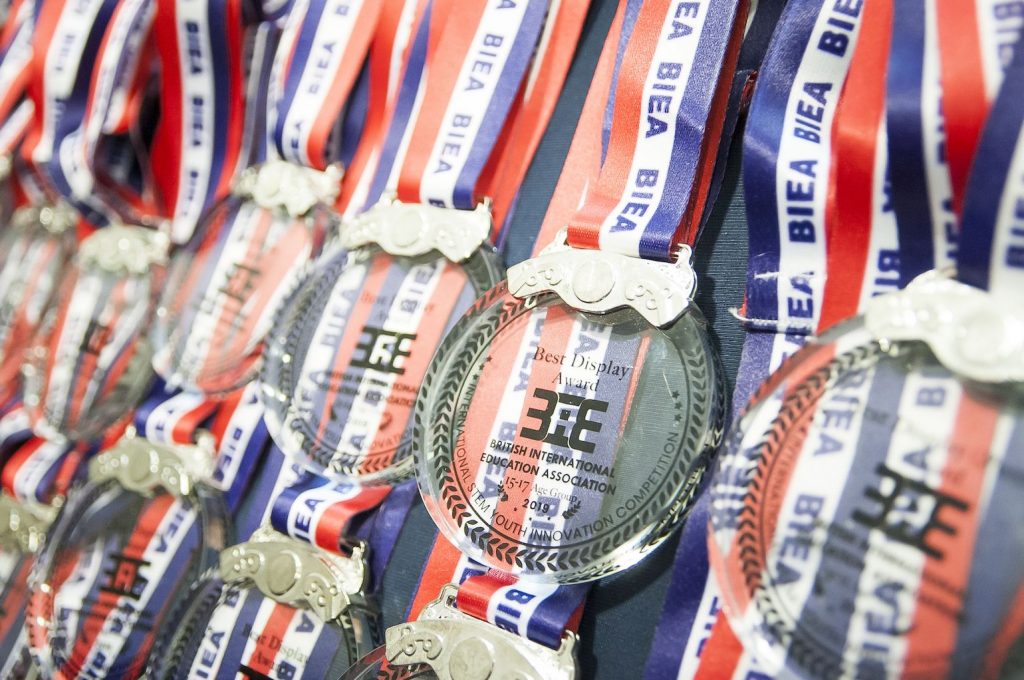
Professor Claudio Sillero, Chief Scientist of The Born Free Foundation said “This STEM competition with the theme “Fighting Extinction via Drone Technology” has not only won the praise of the guests, teachers and students, but we are even more pleased that the competition has also brought a very positive impact on the global animal protection initiative, encouraging society to use advanced science and technology to protect animals and the earth.”
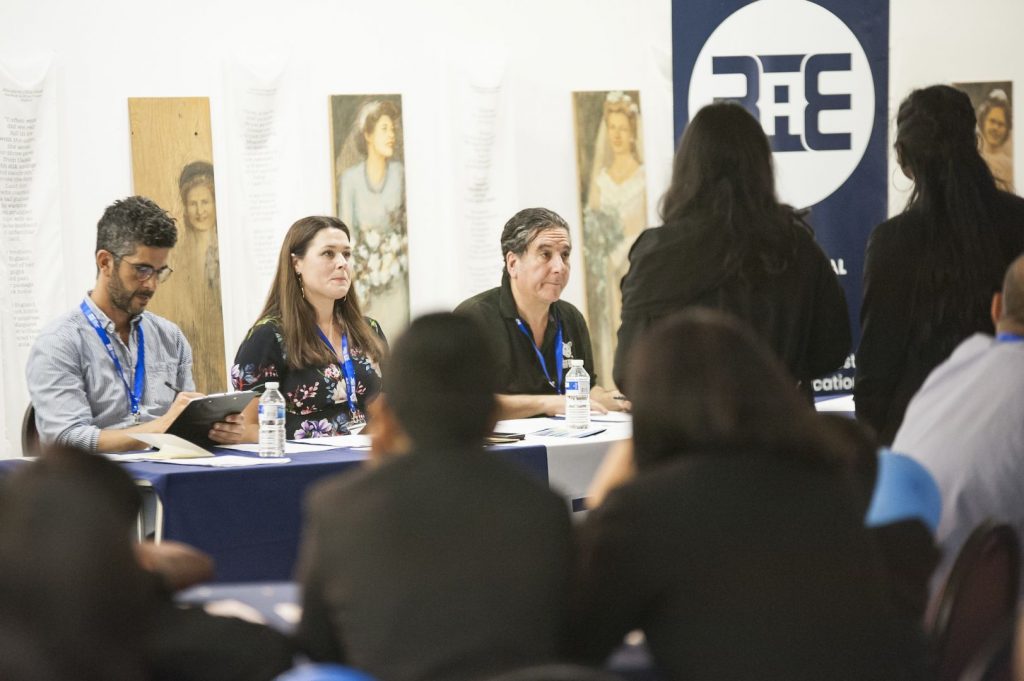
Wei Lai from Central St Martins College, who participated in the design of the flying venue at the finals, said “I have participated in many design projects but never in a project like this. It’s fascinating. The biggest difficulty was simulating reality and abiding by the strict material requirements. With the theme being animal protection all material used had to be environmentally friendly. Forest, ocean and desert had to be simulated. Much of the material used was from recycled everyday objects. We also managed to get The National Theatre to rent us life-sized animal models to keep costs down.
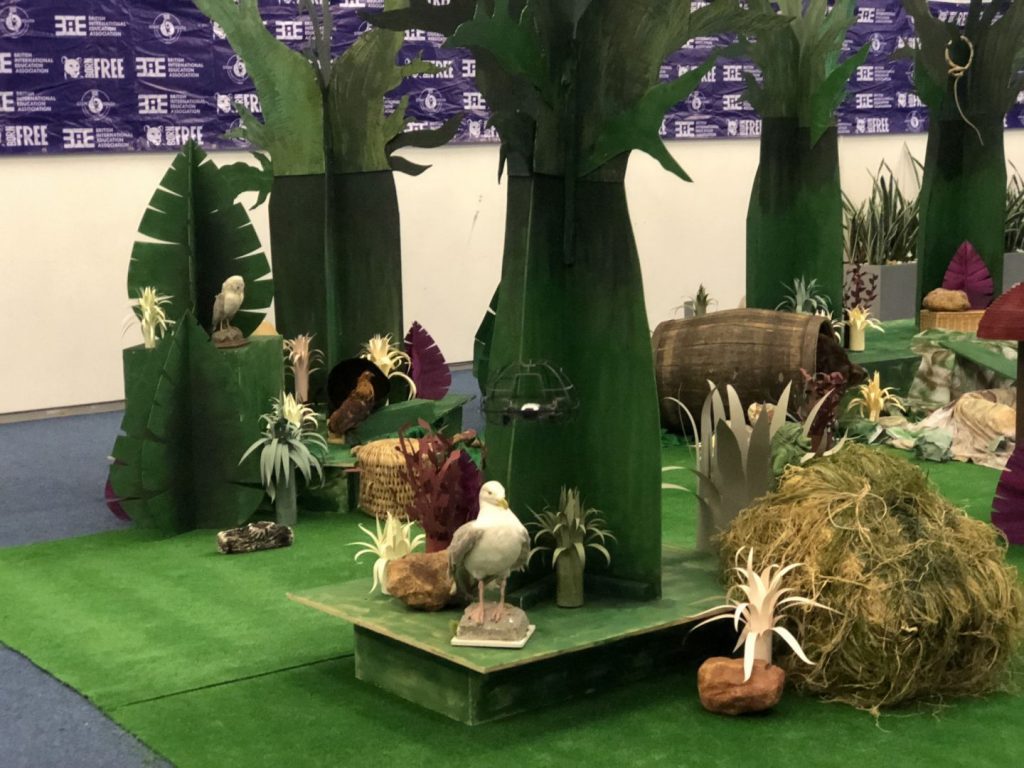
It took a year from the competition initiation to the finals in July. All the effort and hard work made the BIEA Youth Innovation Competition a great success in practice and in significance. Whilst emphasising the importance of animal preservation the theme of the competition also signified the potential of technological innovation in helping to achieve such a goal. Schools and children from around the world entered with enthusiasm for utilising STEM and drone technology to save animal species.
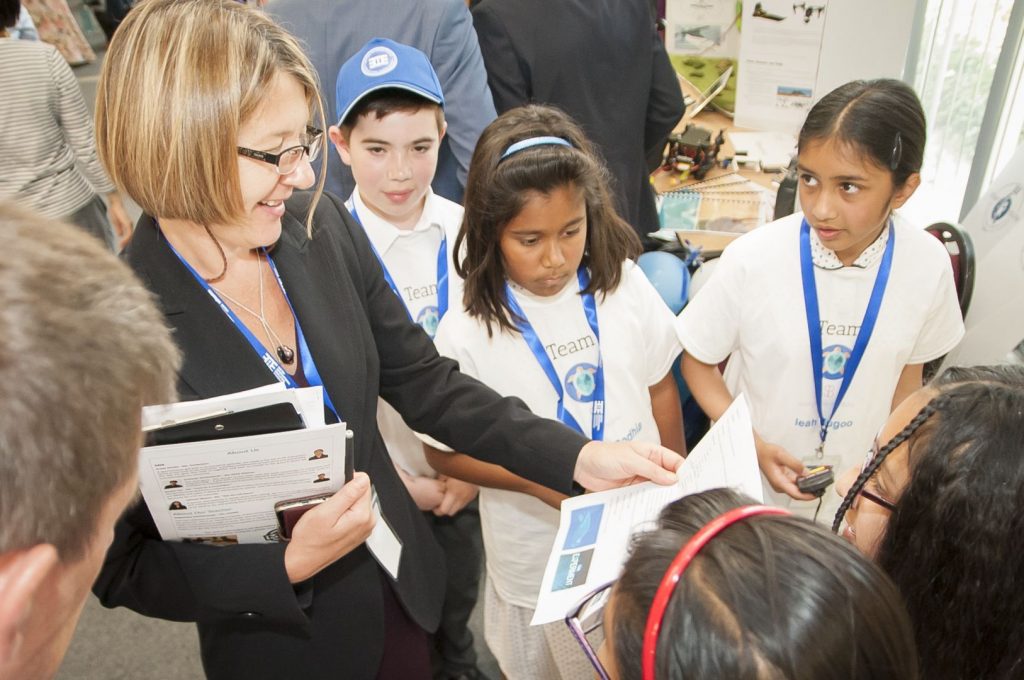
Winner of The National Science Teaching Award and chief designer of the competition Dr Alex Holmes said “In this competition the number of rare animals studied is exciting. Many animals selected are related to the regions where the school teams come from which enables us to understand a lot about the animals while also learning about STEM. For example, Coleraine Grammar School has studied the Basking Shark which visits Irish waters but is rarely seen. A team from Sheffield Park Academy chose to help protect the Tasmanian Devil, other teams chose the scorpion, the Red Wolf, Markhors or wild goats, Snow leopards and Red Pandas. The enthusiasm with which the creative animal research and subsequent drone design was carried out deeply touched the hearts of the judges. Species preservation has never been as important as it is at present and it is gratifying that younger generations are confronting this now. All who participated in the competition have made a contribution to working towards confronting this crisis.”
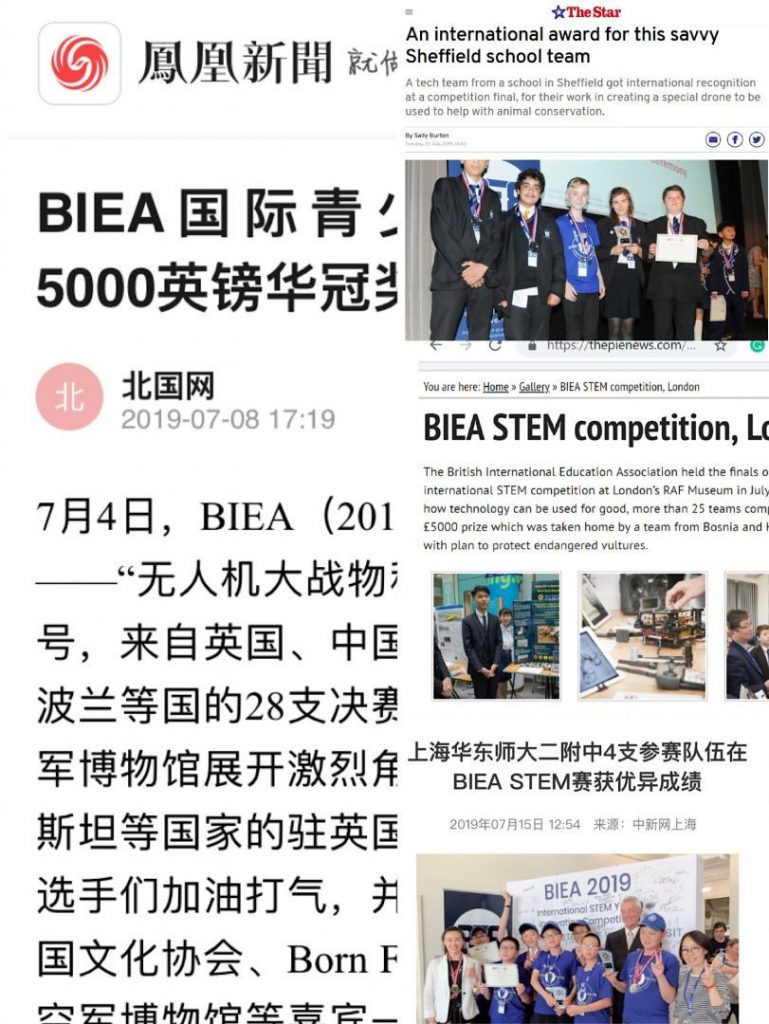
The International STEM Youth Innovation Competition successfully stimulated an interest and enthusiasm amongst the young in using modern technology to help in animal and environmental preservation.
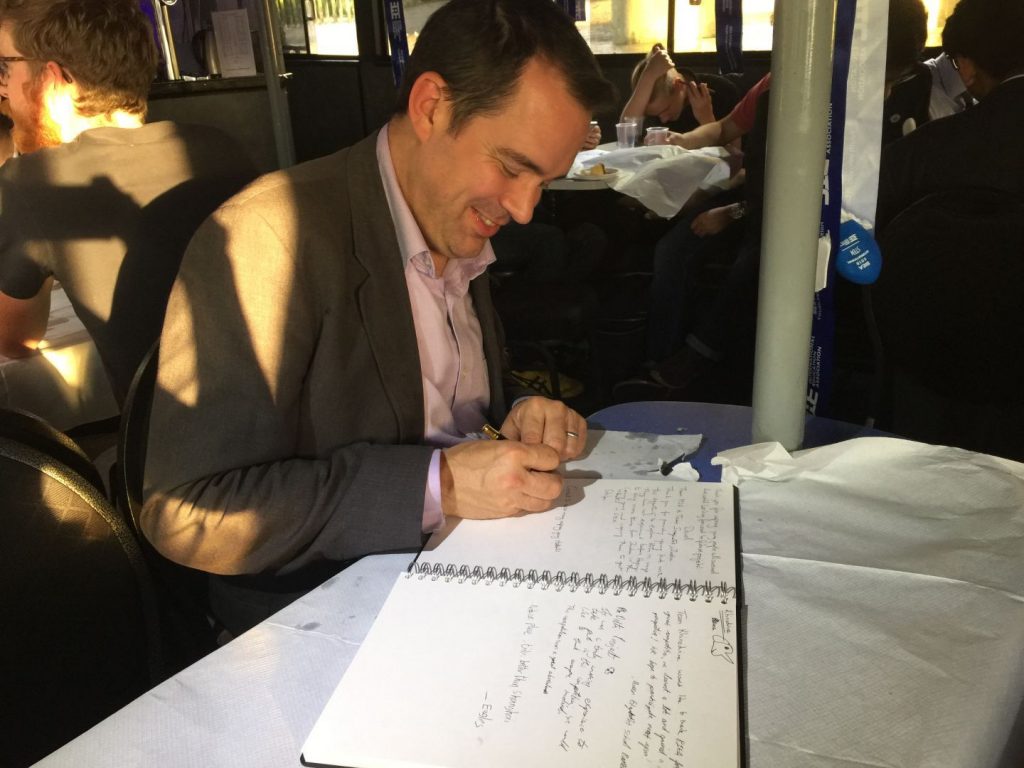
The STEM consultant of the British Council, Adrian Fenton, said of the competition, “This competition brings together teenagers from all over the world to provide them with opportunities to learn STEM skills and exchange ideas, providing them with a platform to benefit humanity and protect animals using technology. I am full of expectations for next year’s competition, which will be more and more exciting!”
- Published in News
Bosnia and Herzegovina’s UWCIM team won the BIEA 2019 International STEM Youth Innovation Competition
On the 4th of July, the six-month long BIEA 2019 International STEM Youth Innovation Competition, held at the London Royal Air Force Museum, came to a close. The intense competition included display demonstration, evaluation and flying. The winners of the grand prize and the champion of the 15-17-year age group were the UWCIM team from Bosnia and Herzegovina.
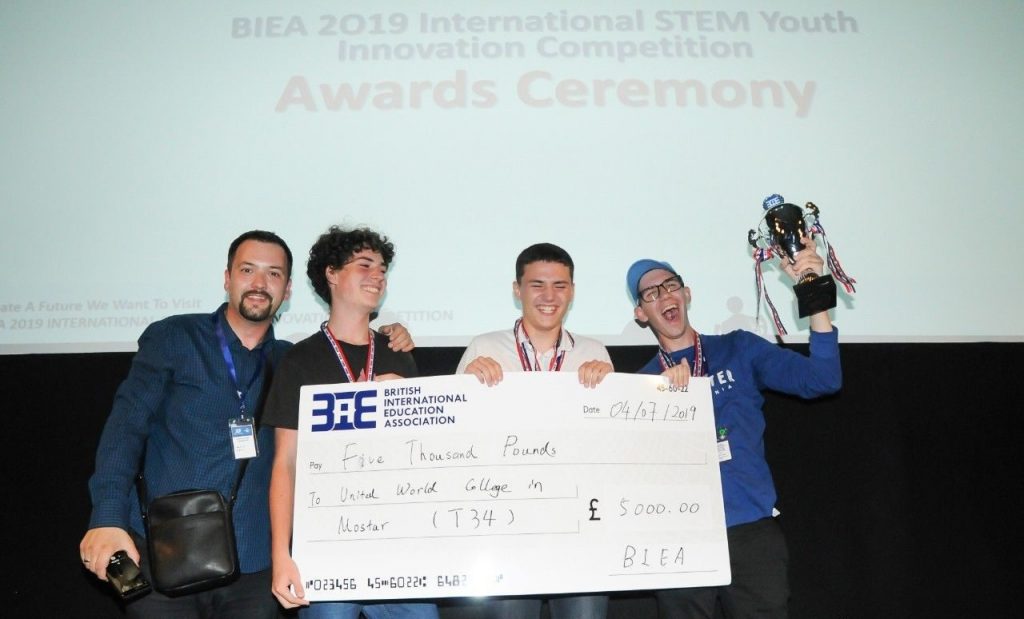
Members of the UWCIM team explained that due to Bosnia and Herzegovina’s previous conflicts, the country is neither developed or rich in educational resources, however, this failed to affect the children’s curiosity and pursuit of knowledge in science and innovation. The UWCIM team comes from the United World College in Mostar, that like other UWC schools around the world, aims to promote world peace and sustainable development by uniting different countries, people and culture through education. The students of the champion team UWCIM are technological innovation enthusiasts, who not only focus of pursuing STEM subjects, but also word hard to find ways to put their creative ideas into practice.
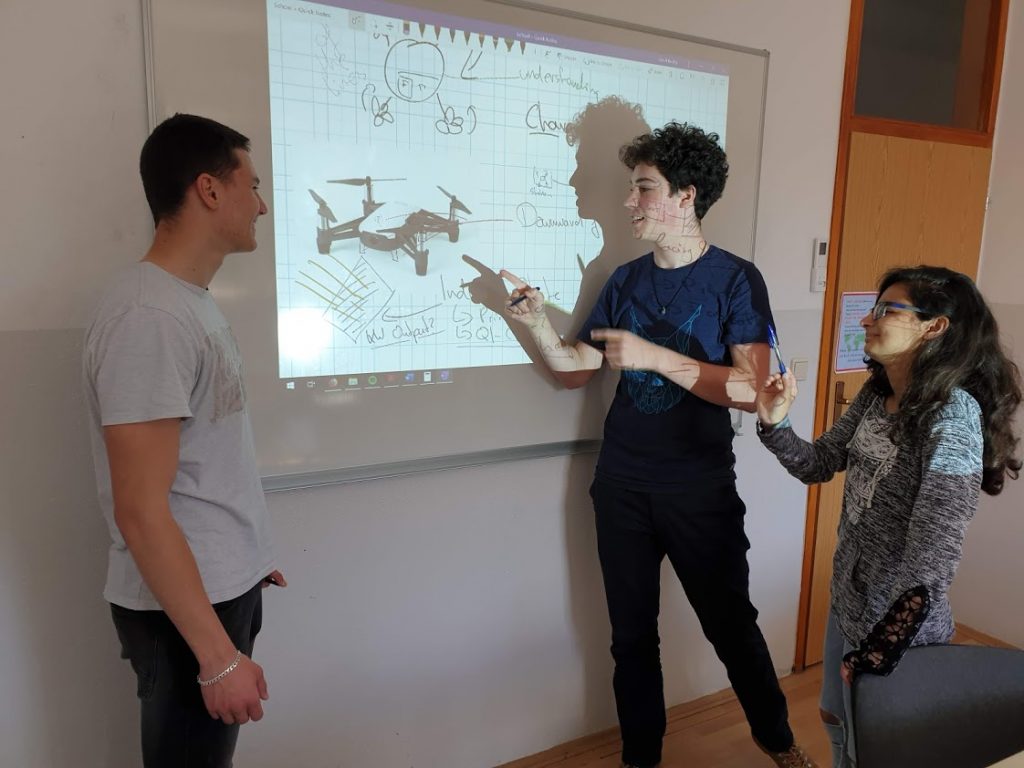
The STEM education in schools’ help develop students’ passion for science and innovation, and the traumatizing history of Bosnia and Herzegovina has further helped develop this devout respect nature and life. While most of the teams focused their “fighting extinction via drone technology” project on counter-hunting, the UWCIM team added a novel focus on how to solve the problem of Egyptian vultures that feed on animal carcasses, as this poses a threat to ecosystems as well as spreading diseases. In the report and video presentations, the team not only showed a solid technical ability, but also outlined how they would use drones to solve this big issue. In particular, the group explained how the war in Bosnia and Herzegonia had left 80,000 bombs in the mountains that in turn threatening the Egyptian vultures home. It poses great challenges to experts and scholars who protect and study them, and it was easy to see that the UWCIM team truly understands the essence of science and innovation as well as the spirit of humanism.
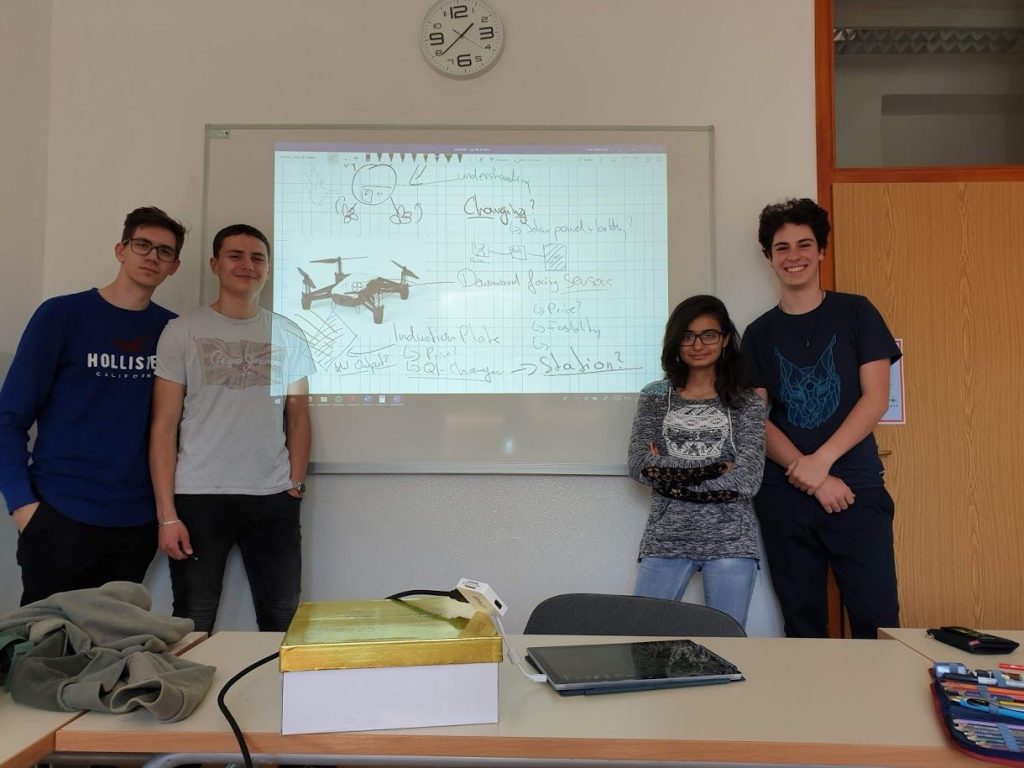
Despite their captivating performance in the preliminary round, their hardest challenge was yet to come. Because the school had limited funds, it was next to impossible to provide financial help to the UWCIM team in order to participate in the London finals. The cost of the trip to London soon became their biggest problem. The team began writing letters to the school outlining their hard work through reports and videos. Eventually they contacted the sponsors of the school and finally the problem of boarding and lodging in the UK was solved and the school decided to provide transportation subsidy to the team. Unfortunately, this wasn’t the team’s final hurdle. The visa application of the team member Israa Draz was rejected, and the visas of the other three members were delayed. Two weeks before departure, just when everyone thought they would miss the final, two members received their visa. The team was overjoyed and the two students carried the team’s enthusiasm to London.
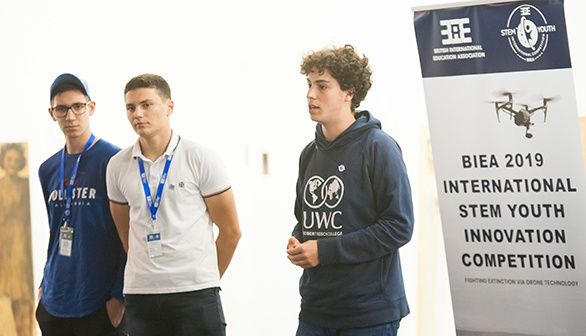
The UWCIM team was just one of the 28 finalists at the Royal Air Force Museum. The team responded well in all aspects of the competition. Under the precise command of pilot Aris Karamustafic, alongside two members of David Christian Busley, David successfully captured 11 valuable animal photos using superb flying skills, achieving zero collision, zero runaway and not to mention a safe landing. In the end, the UWCIM won the championship of the 15-17 age group and won the crown of the highest award in the competition, thus winning the overall prize of 5,000 pounds in one fell swoop!
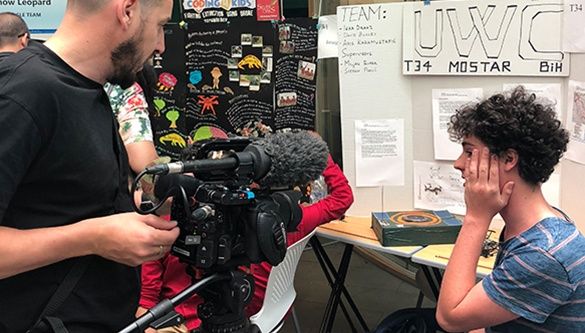
Team member Aris Karamustafic had a brief conversation with BIEA STEM Chairman David Hanson after the awards ceremony. He excitedly said to David: “I am from a small country, you may not be able to imagine, before coming to London, I have never been to the plane, have not been to a cruise ship, or even seen the subway. I have never expected to win the game with my teammates, because it is not easy for us to compete with other teams. The fact is that we won the championship. This feeling is really amazing and wonderful! Thank you very much for the BIEA STEM Competition. Thank you for giving us such great encouragement and courage. It is BIEA that makes us believe that science and education have no national boundaries. Today is definitely the best day of my life!”
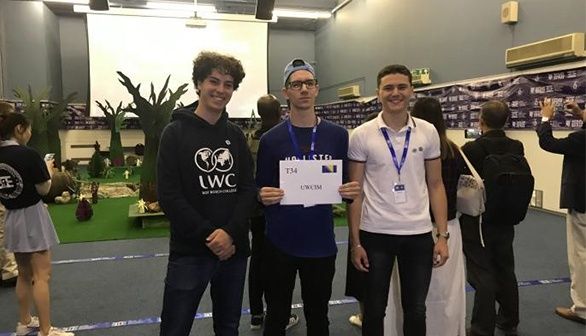
David also told the media after the competition that this year’s BIEA International STEM Youth Innovation Competition was not only a creative transformation competition for drones to save endangered animals, but also a brilliant showcase of the students’ performance in the field of science and technology. BIEA appreciates the sheer enthusiasm of the students in these projects, and is eager to push the competition to an even further international level. BIEA not only promotes the exchange of international science and education, but also provides students with a chance to realise their dreams!
Let us cheer for this champion team, and for this unique international youth science and technology event, and look forward to next year’s competition!
- Published in News
International Schools Scoop Top Prizes at BIEA International STEM Competition in London
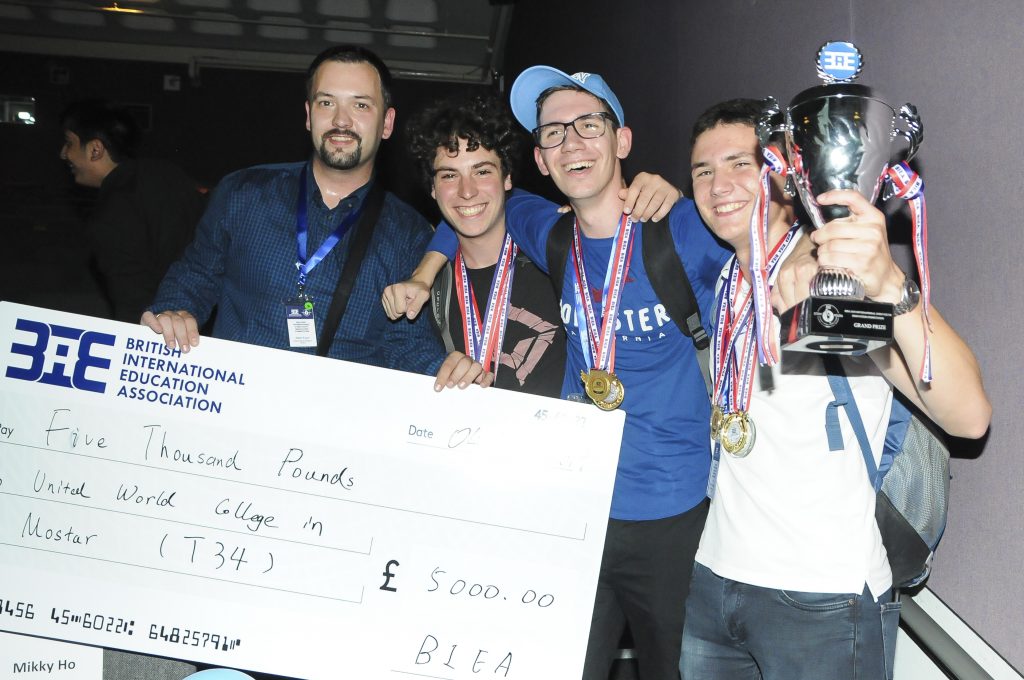
School children from around the world scooped some of the top awards at the finals of a major international STEM competition in London on 4th July where they showcased their ideas on how they would use drones to conserve endangered species.
Teams from the Silver Oaks International School (age 9-11 category) and Visakha Valley School (age 15-17 category) came won awards for Champions and Second Runner Up respectively. These teams spent the day speaking to judges presenting their ideas for animal conservation.
Coming from across the world, multiple teams from China joined the BIEA in London, taking two spots in the top awards of the day. They worked hard displaying their presentations, flying and evaluating their solutions to animal conservation via drones. Two teams from Hangzhou Shanghai World Foreign Language Primary School spent the day with the BIEA at the Royal Air Force Museum. The BIEA was happy to have multiple teams from the No. 2 High School of East China Normal University in London to represent their projects.
Taking an Outstanding Achievement Award in the 15-17 age category was the Macau Pooito Middle School team.
Team Delta Project from 1LO im. Stanislawa Dubois w Koszalinie in Poland snagged an Outstanding Achievement Award for their project that showed ways to help conservation efforts for the Grevy’s Zebras.
From Southern California, USA, two teams from the Topkids Center came to London to showcase their projects. In the 15-17 age group, Team Zuberi was awarded the Best Creativity and Best Display as voted by their peers. Team Paracop in age group 9-11 had their hard work paid off as they were awarded Champion for their age group.
The overall grand prize of £5,000 was won by the United World College in Mostar, Bosnia, for their impressive strategy to protect the endangered vultures of Bosnia and Herzegovina, a task made even harder by the estimated 80,000 landmines in 8,500 locations around Bosnia and Herzegovina left over from the Balkan Wars.
David Busley, 17, from the Bosnian team said:
“Vultures may have an image problem, but they are crucial to our country’s ecosystem. They are endangered, yet their plight often barely registers with many Bosnians as they are out of sight and out of mind.”
“Drones offer the perfect way to reach them safely in their natural habitat, and our hope is that by monitoring and tracking their numbers properly, we can encourage the government to take action to help conserve these vital animals.”
They all won a trophy and medals for their school.
More than 25 teams from countries including China, the USA, India, Pakistan, Bosnia and Herzegovina, Poland and the UK converged on the Royal Air Force Museum to contest the International STEM Youth Innovation Competition.
The competition was organised by the British International Education Association (BIEA), which champions British education ideals around the world, and backed by the Born Free Foundation, the competition aims to fire the imagination – and test the creative and technical expertise – of young science students with the theme of “Fighting Extinction via Drone Technology”.
Finalists in the three age groups – 9-11, 12-14 and 15-17 – from 18 countries were shortlisted for the grand final. Each school was given a budget of just £100 to build a drone for their entry, ensuring a level playing field. They battled it out in a day of tough competition, during which saw them each fly their drone and explain how they would use the technology to tackle species extinction.
Judges headed by the Chief Scientist of the Born Free Foundation, Professor Claudio Sillero, Dr. Shaun Fitzgerald of The Royal Institution and STEM Chairman of the BIEA David Hanson, also included drone expert Stephen Prior from Southampton University, Education Innovations Manager for the British Science Association Jane Dowden and Competition Manager Amelia Perry from Engineering UK.
The STEM competition runs each year with a different theme. In 2018, schools were challenged to create a drone for a rescue situation. Registrations are already open for the 2020 competition at http://bit.ly/2VqzoJH.
For your information
Drones that were used for the final round of the competition, it was the Tello / Tello EDU drone from DJI. Tello EDU is the educational version for individual or classroom usage to learn programming and DJI provides the best and safest solution globally as it always does in its Ariel products. We would also like to thank DJI for assisting us with the drones. More information can be found at their website: https://www.dji.com/uk/products/steam
- Published in News
BIEA 2019 International STEM Youth Innovation Competition Technological Achievement Showcase
The BIEA 2019 International STEM Youth Innovation Competition finalists showed their works at The Big Bang London Science and Innovation Exhibition held in Kingsway College in Westminster, UK on 3rd July 2019. Being a part of this year’s science and technology innovation exhibition and a part of the final of the competition, these finalists have attracted many international science and technology innovation experts and scholars, as well as well-known science and technology enterprises and institutions.
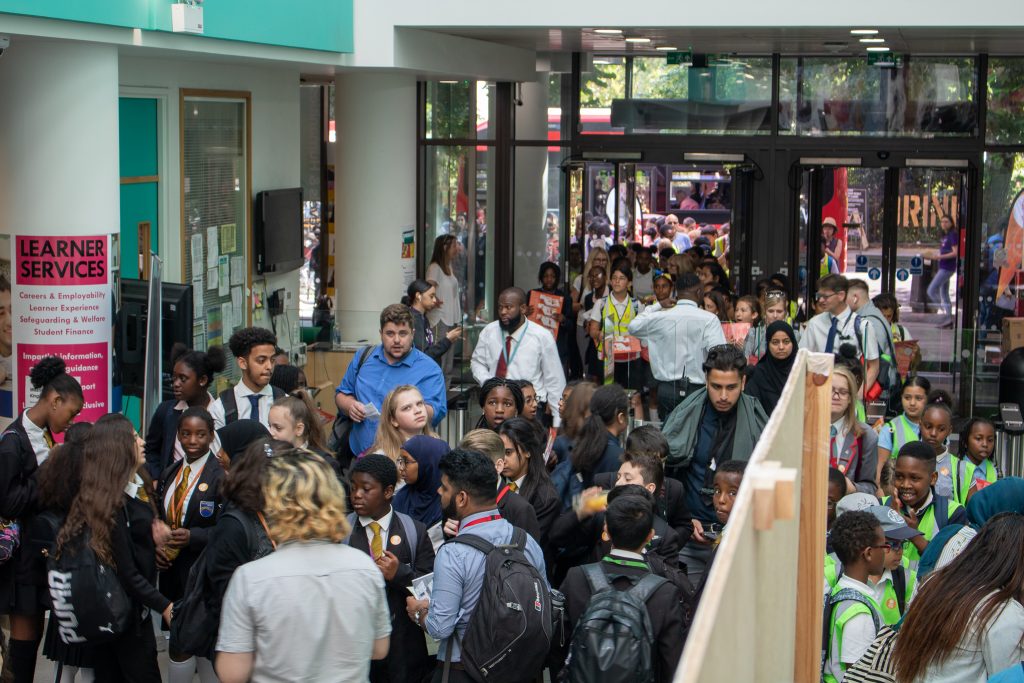
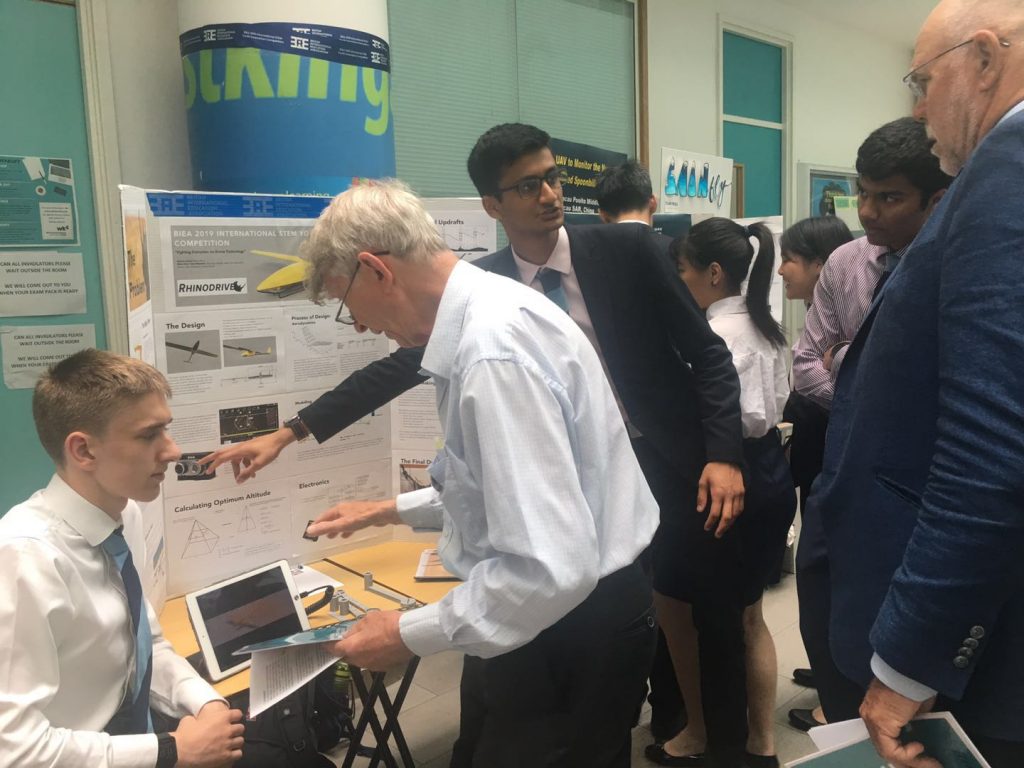
Students from the UK, USA, Poland, India, Bosnia and Herzegovina and other countries attracted the attention of science and innovation enthusiasts, experts and scholars. Local school teams were flocking onlookers to their booths. The Queen Elizabeth school team has been busy talking to science and innovation experts who have come to see their work. The team from Coleraine Grammar School in Northern Ireland studied the connection between the camera, the winch of the drone body and waterproofing measures in their preliminary report. The original rescue idea of Bactrian camels and African penguins by the team from the Topkids Center of the United States was eventually transformed into a surprising UAV transformation work, which received comments and discussions from young peers and experts of science and technology innovation from all over the world at the science and technology innovation exhibition.
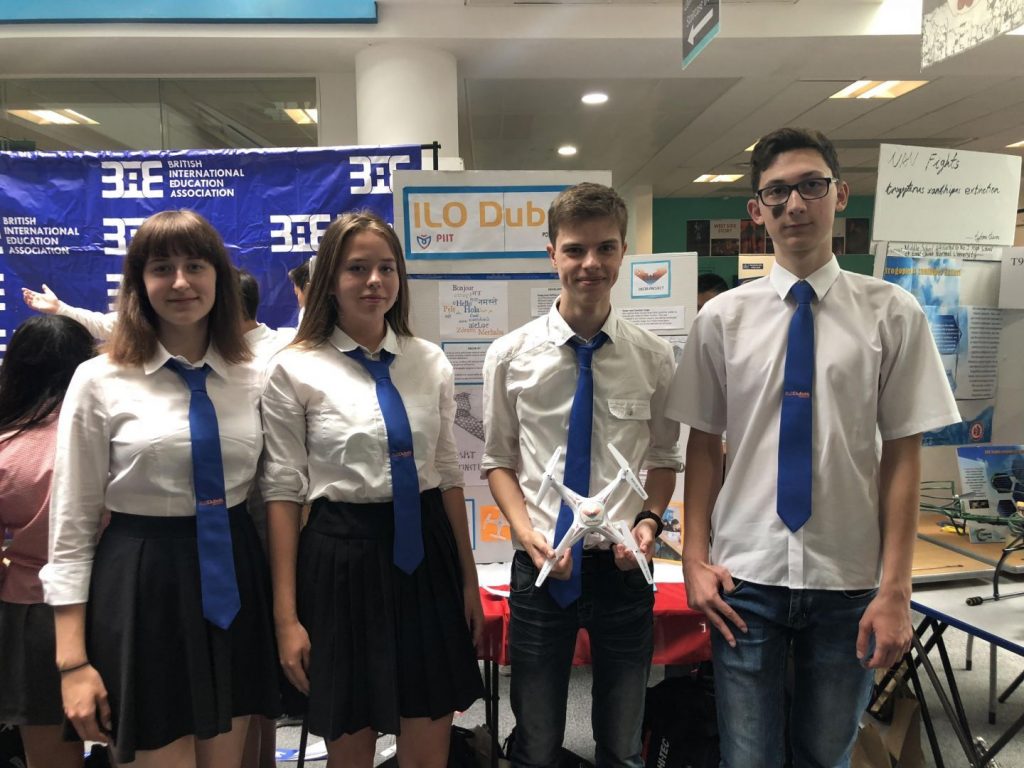
Nikki Collins, CEO of BIEA, believes that the high standard of the final work not only reflects the high quality of the BIEA International STEM Youth Innovation Competition, but also represents the knowledge seeking and exploration of science, technology and innovation by the world’s youth. The theme of “Fighting extinction via drone technology” not only focuses students on science and innovation, but also leads them to think about what scientific and technological innovation can be used for, which is the focus of training future international talents.
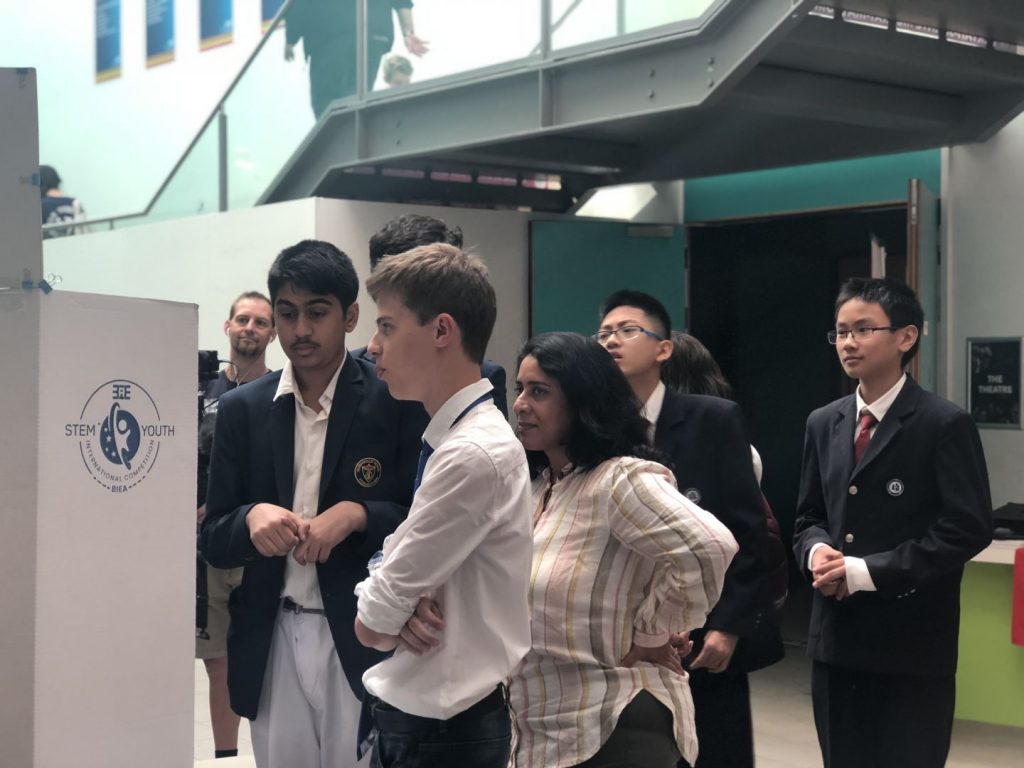
- Published in News
BIEA 2019 International STEM Youth Innovation Competition Final judges – Have a glimpse of them!
The final of the BIEA 2019 International STEM Youth Innovation Competition will be held in London, UK on 4th July. On the eve of the final, the super-strong judging panel composed of many famous experts and scholars in the field of science and innovation in the UK will gather together at the Royal Air Force Museum. At that time, each of them will use their STEM or animal conservation expertise to provide authoritative and fair reviews of the event for both the final teams and the audience following the event.
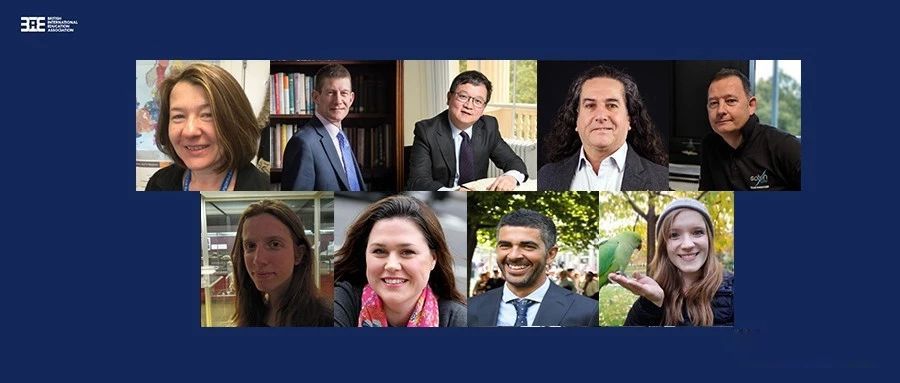
Dr. Alex Holmes, designer of the BIEA STEM Competition, is one of the judges. As the winner of the UK’s 2015 National Science Teaching Award, Dr. Alex has made outstanding contributions to UK STEM education. During her more than 20 years in STEM education, she has not only delivered speeches on promoting STEM education around the world at many international conferences, but also wrote STEM curriculum books for relevant international schools.

In addition to the well-known Dr. Alex, Dr. Shaun Fitzgerald, President of the Royal Institution, is a key judge for the final. Under the leadership of Dr. Shaun, the Royal Institution continues to create opportunities for people to understand the importance and stimulate public discussion of science. In addition, Dr. Shaun is a visiting professor at the Royal Academy of Engineering at the Cambridge University’s Department of Engineering, and is a Teaching Fellow in Engineering at Girton College.

Claudio Sillero, chief scientist at the Born Free Foundation, is also on the judges’ list. Professor Claudio is currently based at Oxford University’s Wildlife Conservation Research Unit (WildCRU), Chair of the IUCN Species Survival Commission Canid Specialist Group and founder of the Ethiopian Wolf Conservation Programme. Professor Claudio has rich practical experience in wildlife conservation and can provide professional wildlife conservation opinions for the work of the finalists.

The BIEA 2019 International STEM Youth Innovation Competition features experts from STEM and animal conservation communities, as well as managers from world-renowned technology companies and educational institutions. Professor Yike Guo, a global pioneer of data-driven science and technology, is one of them. The innovative cloud-based informatics platform developed by Yike is an important engineering achievement of the electronic science project in the UK. In addition, the other judges are experts in the field of Unmanned Air Vehicles – Stephen Prior, the Schools Programme Manager at the Digital Impact and Sustainability team – Louise Medland, the Big Bang Competition Manager Amelia Perry, and from Materials Chemistry Centre and a Senior Research Associate at the University College London, Raul Quesada.
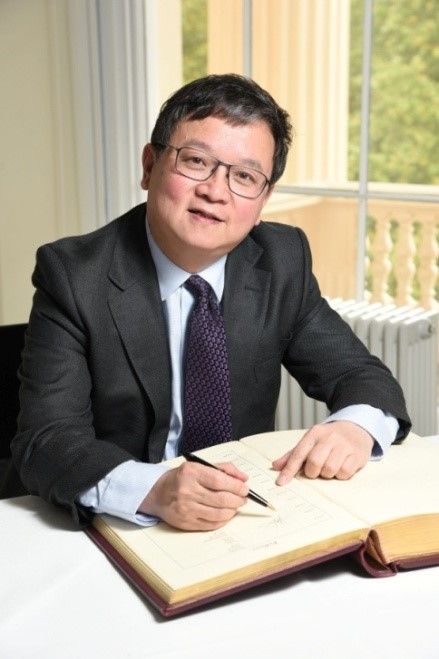
I believe that with the enthusiastic support of these judges with a strong STEM and animal conservation background, the final of this international STEM competition will be more exciting and interesting. And STEM teenagers from all over the world will benefit from the judges’ wonderful comments and continue to innovate for the future we hope to see!
- Published in News
Royal Air Force Museum hosts the final round of the BIEA International Youth Science and Innovation Competition
The 2019 International STEM Competition, organised by the British International Education Association (BIEA), will be held on July 4. For this annual competition of science and innovation, all the staff and expert consultants of BIEA are making every effort to bring the best competition experience to the science and innovation talents that are coming from all over the world. Speaking of which, we have to mention the Royal Air Force Museum, which is the venue of the final round of competition.

The Royal Air Force Museum, as a non-government, public institution, is the only national museum dedicated to the aviation industry in the UK. The museum is made up of six hangers used to display a variety of military aircraft, with over 130 real aircraft distributed throughout the museum, as well as numerous aircraft models, and air force uniforms and souvenirs. The museum designers have cleverly combined the exhibition space with interactive elements to create a unique display space in the exhibition hall. The final of the 2019 BIEA International Youth Science and Innovation Competition will be held in the activity halls located in Hangar Three.

According to the organising committee of the competition, all finalists will compete in groups and draw lots to determine the order of competition. The final competition will be held in three different spaces at the same time: Display space — used to allow each team to display their design ideas and results; Evaluation space — the judges will ask questions according to the thesis and video submitted by each team, and all contestants will have an opportunity to reply. Flying space – teams must complete the flight tasks required by the competition in a limited time, this is the ultimate test of the players’ flying skills! Judges will be assigned to different spaces, according to their areas of expertise, to mark the competition.
“The final process design not only fully demonstrates the fairness of the competition, but also maximizes the enthusiasm of the participating teams”, said Alex Holmes, designer of the Science and Innovation Competition.
On the day of the final round, teams from all over the world will enjoy a special BIEA award ceremony and a traditional British celebration dinner party after the fierce final competition.
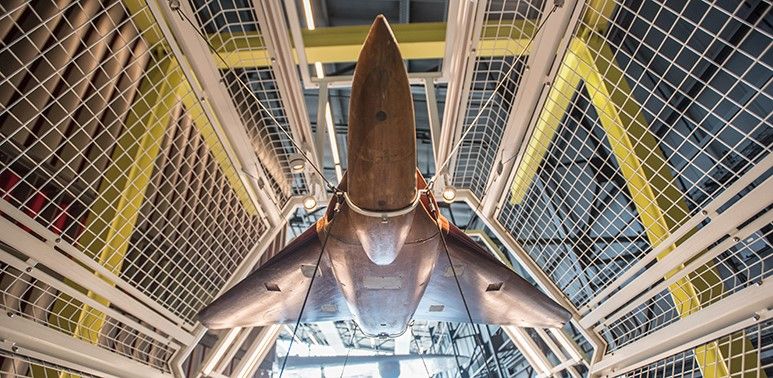
Vicki, director of external co-operation at the RAF Museum, said, “the RAF Museum has been promoting aviation since it was established in 1972. We not only hope to attract people to come to the Museum who know about airplanes and aviation history, but also hope to create an experience space for teenagers to fully learn about aviation knowledge. This happens to coincide with the theme of 2019 BIEA International Youth Science and Innovation Competition, drone war against species extinction. We are delighted to work with BIEA to bring scientific and creative talent from around the world to the Royal Air Force Museum.”
- Published in News
Observe the World Through Science and Innovation
On June the 4th the teams competing in the BIEA International STEM Youth Innovation Competition submitted their video presentations.
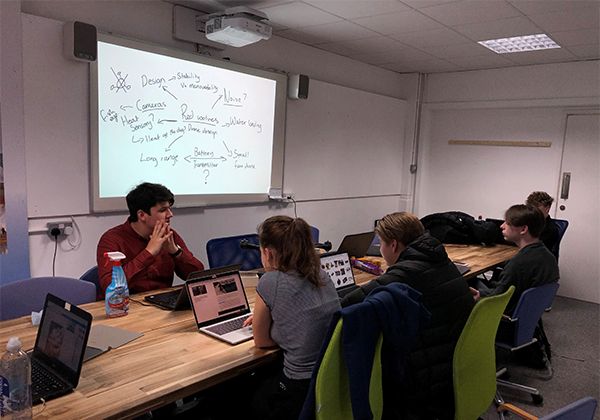
Among the many teams submitting very imaginative projects is Chester International School from the UK. Chester International operates a paperless educational approach. All teaching activities are carried out on the student’s laptops and they are equipped with 3-D printers. This encourages enquiry and innovation in STEM disciplines and the BIEA competition is very much something Chester would compete in. The whole team was involved in the project from the beginning and the young woman member concentrated on referencing information regarding the Red Wolf whilst the young men concentrated on the design and construction of the UAV, both cross referencing and liaising where necessary. The team also referenced experts on 3-D technology and design before submitting their project. The BIEA competition was also designed to encourage team ethos and cooperative endeavour which, according to Montana Hull Chester’s teacher and leader has been achieved throughout. Ms Hull said that the spirit of teamwork and cooperation has been evident in Chester’s team since the beginning and especially when considering that they had not done any UAV work previously.
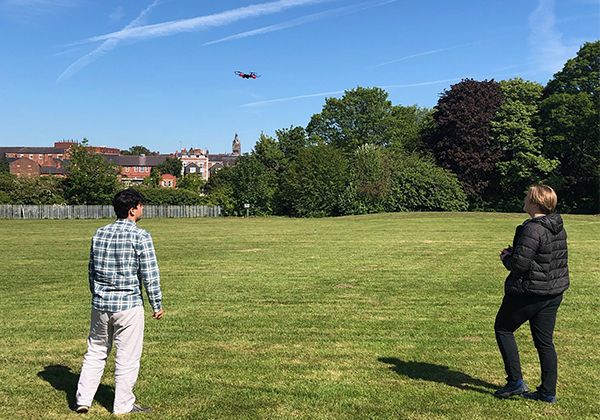
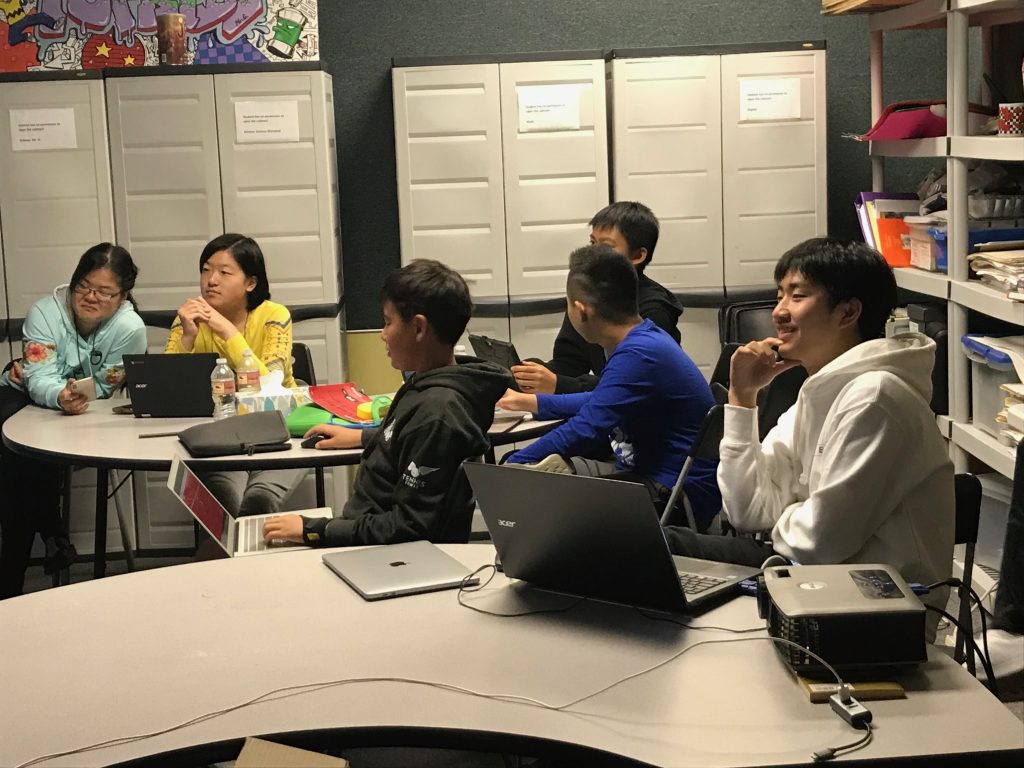
Another school that puts teamwork paramount is Topkids Center in Los Angeles. The USA school has two teams in the finals, one in the 12-14 age group named ‘Paracop’, and the other in the 15-17 group named ‘Zuberi’ Instructor and leader Chris Chai said that when they had first heard of the BIEA STEM Competition and had watched the video of last years competition they had become excited and wanted to enter. He said that it was a great opportunity to apply science and innovative thinking into protection in the real world and that having young students competing with their ideas and technologies from all over the world can only be beneficial to international cooperation and understanding. In selecting which animal to help the teams considered a number of endangered species which included Indiana Bats, iguanas, penguins, Blue-footed Boobies and camels. Eventually the Paracop team chose the Bactrian camel and the Zuberi team went for the African penguin. In preparation for the competition the two teams were encouraged to meet and discuss their respective projects and in this way the elder group gave much help to the younger in terms of technical expertise and flight operation and the younger came up with lots of innovative and interesting suggestions. Teacher Chris Chai offers some advice on how parents can better support their children’s interest in science and innovation, “almost everything around us is tied to science, technology, engineering and math (STEM). Develop your child’s STEM interests by first understanding what areas your child is truly interested in and then taking every opportunity to introduce STEM learning in that area.”
In the process of preparing for the competition, in order to encourage the children to inspire and communicate with each other, the teachers specially let the students of two age groups discuss together. In this way, the higher age group can give a lot of help to the lower age group in terms of technical expertise and flight operation, and the lower age group can come up with a lot of innovative and interesting suggestions.
Teacher Chris Chai also offers some advice on how parents can better support their children’s interest in science and innovation: “almost everything around us is tied to science, that area.”
- Published in News

